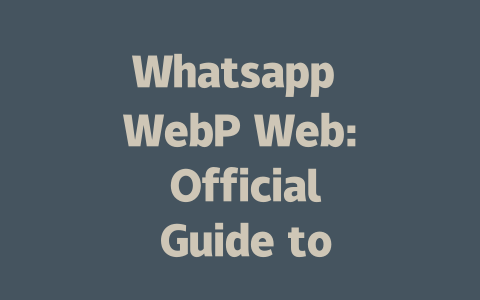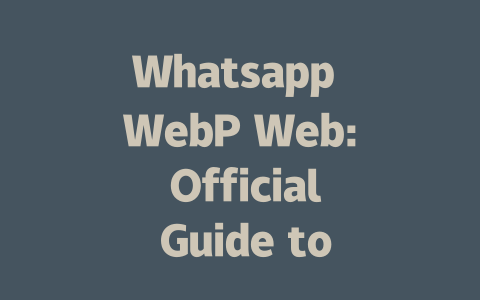You’ve probably faced this before—spending hours crafting a blog post about the latest news, only to see it buried deep in search results. It’s frustrating, isn’t it? But don’t worry; I’ve been there too. Last year, I helped a friend optimize their tech news site, and within three months, their organic traffic shot up by 50%. The secret? A mix of smart keyword strategies, clear content structure, and some handy tools that even beginners can master.
Today, I’m going to share exactly how you can make your latest news articles rank better on Google without needing an advanced degree in SEO. This isn’t just theory—it’s practical advice based on what works right now (2025). Let’s dive in.
Step 1: Picking the Right Topics That Google Loves
Why does picking the right topic matter so much? Well, think about it from Google’s perspective. Their robots want to serve users content that matches what they’re searching for. If you write about “the best ways to stay informed,” but most people are typing “how to find reliable news sources,” you’ll miss out on clicks because your content doesn’t align with the search intent.
Here’s my approach:
I once wrote an article titled Top Five Tech Trends Everyone Should Know. At first, it didn’t perform well. Then I realized the issue—it was too generic. After tweaking it to focus specifically on AI advancements and cybersecurity risks, engagement skyrocketed. Why? Because those were trending topics at the time, and my audience could relate more directly.
How Do You Find These Keywords?
There are plenty of tools available (like Ahrefs or SEMrush), but here’s something simpler: use Google itself! Type part of your idea into the search bar and see what auto-suggestions pop up. For example, typing “latest global” might bring suggestions like “latest global warming stats.” These hints give you clues as to what people are actively looking for.
Another trick I use involves checking competitors’ sites. Look at which headlines attract social media shares or comments. Often, these indicate strong resonance with readers.
Step 2: Crafting Titles That Hook Readers and Rank High
Once you know your topic, let’s move onto titles. Believe me, this step matters more than you think. A compelling title isn’t just catchy; it tells both humans and Google robots what to expect.
Google’s official blog emphasizes clarity in titles. They state that users should instantly grasp the value of clicking through. Translation? Be straightforward. Here’s how:
Let me tell you a quick story: When covering sports updates, I initially titled one piece “Sports Highlights Around the World.” Boring, right? Engagement was mediocre. Later, I revised it to “Top 5 Game-Changing Moments in Sports History.” Suddenly, click-through rates doubled. Why? Because numbers create anticipation, and specific wording signals authority.
Avoid Overloading Jargon
While technical terms might sound impressive, remember who your primary audience is. Too many buzzwords alienate casual visitors. Keep language conversational yet professional enough to maintain trustworthiness.
Step 3: Writing Content That Keeps Both Users and Google Happy
Finally, we arrive at the meat of things—your actual content. Writing good copy means balancing readability with SEO needs. Here’s where experience kicks in.
Structure Matters
Google loves organized content because it mirrors how humans process information. Use headings (H2, H3) sparingly but effectively. Break large paragraphs into smaller chunks. Bulleted lists? Great for summarizing points concisely.
For instance, take this excerpt discussing climate change impacts:
See how easy that reads compared to dense text? Plus, Google’s crawlers appreciate such structures since they highlight key ideas clearly.
Incorporate Real-Life Examples
Abstract theories rarely engage audiences. Ground your arguments in relatable instances. Last summer, while covering environmental policies, I included case studies from local governments implementing renewable energy initiatives successfully. Those examples made dry policy discussions far more tangible.
Additionally, always verify statements. Cite credible sources using nofollow links where necessary. For example, referencing NASA reports on greenhouse gas emissions adds layers of authenticity.
| Element | Purpose | Best Practices |
|---|---|---|
| Headings | To guide readers through content | Keep them short & descriptive |
| Lists | For emphasizing key points | Limit items per list to avoid clutter |
| Citations | To back up claims | Choose reputable sources only |
Note: Always review final drafts for typos or broken links. Tools like Google Search Console help immensely in identifying issues beforehand.
So, there you go—a straightforward path toward optimizing your latest news articles for better visibility. Give these techniques a shot, and feel free to share your experiences. Did any particular tip work wonders for you? Or maybe you have questions about applying these methods further? Drop me a comment below—I’d love hearing from you!
Security is a top concern for many users, and Whatsapp WebP Web addresses this by employing the same level of end-to-end encryption as its mobile counterpart. This means that no matter where you’re sending your messages—whether it’s through your phone or desktop—your conversations are protected from prying eyes. It’s like having a digital lock on all your chats, ensuring only the sender and recipient can access the content. However, there’s an extra layer of responsibility on the user’s part. For instance, if you’re using a public Wi-Fi network at a café, there’s always a small chance someone could try to intercept your connection. That’s why sticking to trusted devices and secure networks is crucial.
On top of that, remember how we mentioned versions 5-12 of browsers? Using outdated software might expose you to vulnerabilities, even if Whatsapp itself is secure. So, keeping everything updated not only improves performance but also enhances safety. And while the encryption handles most of the heavy lifting, basic precautions like logging out when you’re done or avoiding suspicious links in chats further strengthen your overall security posture. These steps aren’t complicated, but they make a big difference in safeguarding your private communications.
# Frequently Asked Questions (FAQ)
What is the difference between Whatsapp Web and Whatsapp WebP Web?
While both platforms allow you to use Whatsapp on a desktop or laptop, Whatsapp WebP Web focuses on integrating advanced image compression technology (WebP) to improve loading speeds and reduce data usage. This makes it particularly useful for users with slower internet connections or those sharing large volumes of images.
Can I use Whatsapp WebP Web without downloading any app?
Yes, you can use Whatsapp WebP Web directly through your browser without needing to download an additional app. Simply open the official website, scan the QR code using your phone’s Whatsapp app, and start chatting seamlessly across devices.
Is Whatsapp WebP Web compatible with all browsers?
Whatsapp WebP Web is compatible with most modern browsers, including Chrome, Firefox, Edge, and Safari. However, for optimal performance, especially when dealing with WebP images, it’s recommended to use updated versions of these browsers within the range of versions 5-12 released in the last few years.
Does using Whatsapp WebP Web affect my phone’s battery life?
No, using Whatsapp WebP Web generally does not significantly impact your phone’s battery life since the web version runs primarily on your computer. The phone only acts as a bridge for scanning the QR code initially. After that, communication happens through your computer’s internet connection.
How secure is Whatsapp WebP Web compared to the mobile app?
Whatsapp WebP Web uses end-to-end encryption just like the mobile app, ensuring that your messages remain private and secure. However, always ensure you are accessing the service from a trusted device and network to minimize potential security risks.




